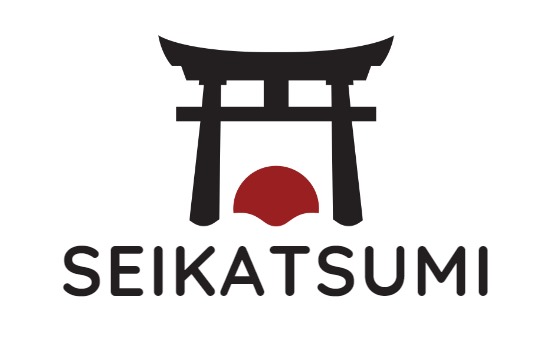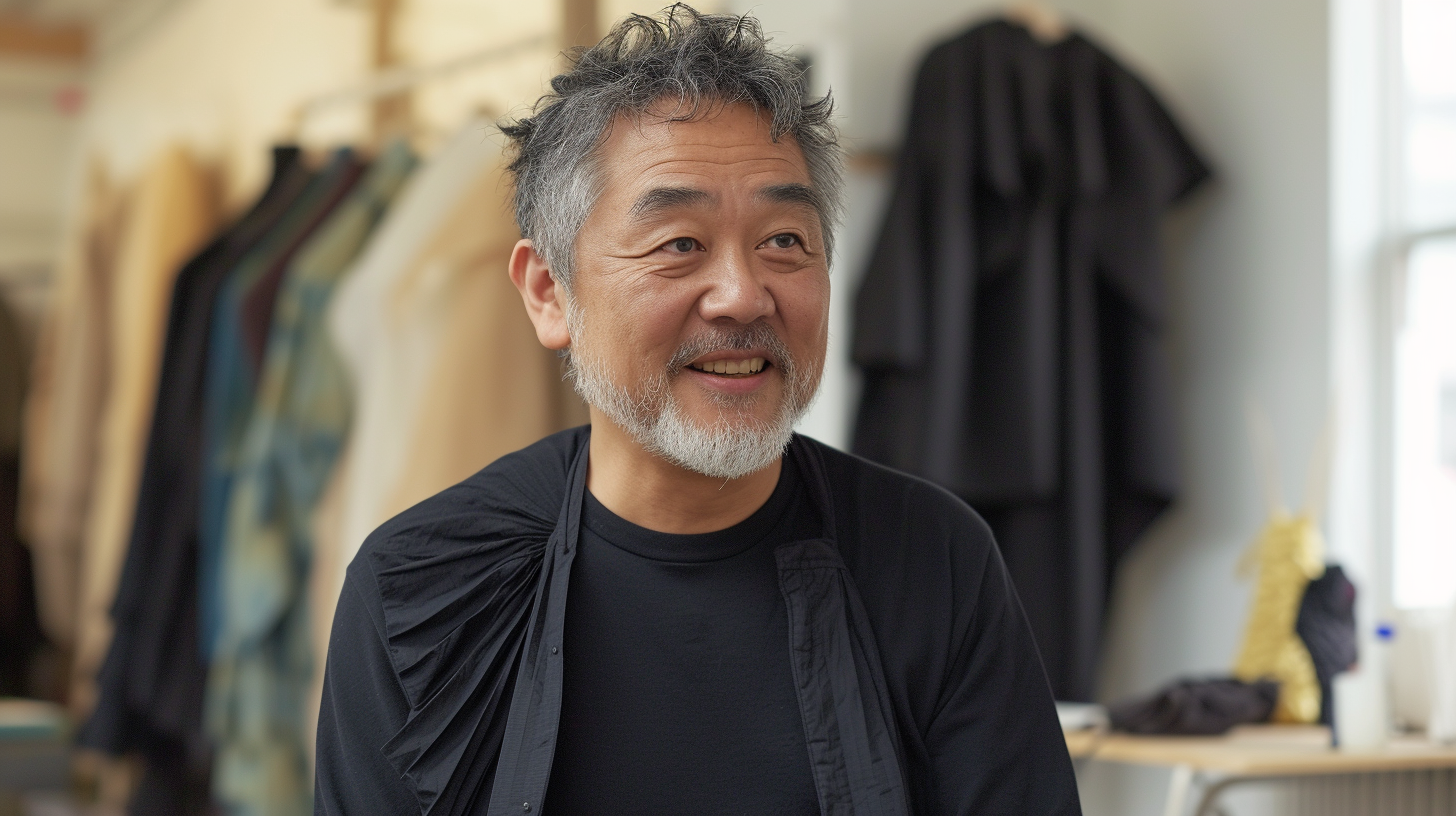Are you deeply intrigued by the creativity of Japanese fashion designers? You’re not alone in this passion!
I fully grasp the allure and the quest to uncover the unique essence of Japanese fashion. That’s why I’ve dedicated so much time to exploring and understanding the innovative world of these designers.
This article is my personal invitation to you, whether you’re a seasoned fashion aficionado or simply curious about the blend of culture and style.
Let’s dive into the captivating universe of Japanese fashion designers and discover how Japan continues to leave an indelible mark on the fashion world. 🙂
History of Japanese Fashion Design
As a fashion enthusiast, I have always been fascinated by the unique and innovative designs that come out of Japan.
The history of Japanese fashion design is rich and diverse, with a unique blend of traditional and modern elements.
Post-War Era
After World War II, Japan underwent a period of rapid modernization and westernization. This had a significant impact on Japanese fashion, as designers began to incorporate western styles into their designs.
One of the most influential designers of this era was Hanae Mori, who became the first Japanese woman to show her designs in Paris in 1965.
Mori’s designs were a blend of traditional Japanese elements and western styles, and she quickly became known for her use of bold colors and patterns.
Rise of Tokyo as a Fashion Capital

In the 1980s, Tokyo emerged as a major fashion capital, with designers like Yohji Yamamoto, Issey Miyake, and Rei Kawakubo gaining international recognition.
These designers were known for their avant-garde designs, which often challenged traditional notions of beauty and gender.
Yamamoto, for example, was known for his use of black and asymmetrical designs, while Miyake was known for his innovative use of fabrics and technology.
Today, Japanese fashion continues to be a major influence on the global fashion industry. From streetwear to high fashion, Japanese designers continue to push the boundaries of what is possible with fashion design.
Whether you are a fashion enthusiast or simply appreciate the artistry of clothing design, the history of Japanese fashion is a fascinating and inspiring story.
Hey you! Are you interested in more fashion tips? Then be sure to check out our top articles! You definitely can’t miss it!
Japanese Spring Fashion Men: The Latest Top Trends and Styles for 2024
Japanese Traditional Clothes Men: The Best Timeless Fashion Of Japan In 2024
30+ Japanese Minimalist Fashion Outfits: Simplicity and Elegance 2024
Influential Japanese Fashion Designers
As I explore the world of Japanese fashion, I am struck by the incredible talent and innovation of the designers who have made their mark on the industry.
Here are three of the most influential Japanese fashion designers, each with a unique style and approach to design:
Rei Kawakubo

Rei Kawakubo is the founder of the avant-garde fashion label Comme des Garçons. Known for her unconventional designs and deconstructed silhouettes, Kawakubo has been a major force in shaping the fashion industry for over four decades.
Her designs challenge traditional notions of beauty and femininity, often featuring asymmetrical cuts, oversized shapes, and unexpected materials.
Yohji Yamamoto

Yohji Yamamoto is a highly respected designer who has been creating innovative designs since the 1980s. Known for his signature black clothing and oversized silhouettes, Yamamoto’s designs often blur the lines between menswear and womenswear.
His work is characterized by a minimalist aesthetic and a focus on craftsmanship and quality materials.
Issey Miyake

Issey Miyake is a designer who has been creating cutting-edge designs since the 1970s. He is known for his innovative use of materials and techniques, such as pleating and crumpling fabrics to create unique textures and shapes.
Miyake’s designs are often inspired by nature and traditional Japanese culture, and he has been a major influence on the fashion industry for over four decades.
These three designers are just a few examples of the incredible talent and innovation that has come out of the Japanese fashion industry.
Their unique styles and approaches to design have had a major impact on the fashion world, and their influence can still be seen today.
Contemporary Japanese Fashion
As a fashion enthusiast, I have always been fascinated by the unique and innovative styles that Japanese fashion designers bring to the table.
The fashion industry in Japan has always been known for its avant-garde and cutting-edge designs, which have influenced the global fashion scene.
Streetwear Influence

One of the most significant trends in Japanese fashion is the influence of streetwear. Japanese streetwear has been a major influence on the global fashion scene for decades, and it continues to dominate the industry.
The streetwear trend is characterized by oversized clothing, baggy pants, graphic t-shirts, and sneakers.
Brands like A Bathing Ape, Comme des Garcons, and Undercover have been at the forefront of this trend, and they have gained a massive following around the world.
Luxury and Avant-Garde Trends

Another trend that has been gaining popularity in Japanese fashion is the luxury and avant-garde trend. Japanese designers have been pushing the boundaries of fashion with their unique designs, which combine traditional Japanese aesthetics with modern elements.
Brands like Issey Miyake, Yohji Yamamoto, and Comme des Garcons have been instrumental in shaping this trend.
Their designs are characterized by their intricate details, unique fabrics, and avant-garde silhouettes.
Japanese Fashion Movements
As a fashion enthusiast, I find it fascinating to explore different fashion movements that have emerged from Japan.
From the playful and colorful Kawaii culture to the edgy and rebellious Gyaru style, Japanese fashion movements have captured the attention of fashion lovers worldwide.
Kawaii Culture
Kawaii, which translates to “cute” in English, is a fashion movement that originated in Japan in the 1970s.
This fashion movement is characterized by its playful and childlike aesthetic. Kawaii fashion typically features bright colors, bold patterns, and cute motifs such as cartoon characters, animals, and food.
The Kawaii culture has become so popular that it has now become a part of mainstream Japanese fashion.
Gyaru

Gyaru is a fashion movement that emerged in the 1990s and is characterized by its rebellious and edgy aesthetic. The word “Gyaru” means “gal” in English, and this fashion movement is known for its bold and daring style.
Gyaru fashion typically features dark makeup, bleached hair, and revealing clothing.
The Gyaru style has evolved over the years, and there are now several sub-genres of Gyaru fashion, including Hime Gyaru, which is characterized by its princess-like aesthetic, and Ganguro, which features dark tans and brightly colored clothing.
Lolita
Lolita is a fashion movement that emerged in the 1980s and is characterized by its Victorian-inspired aesthetic. Lolita fashion typically features frilly dresses, petticoats, and lace-up boots.
The Lolita style is often associated with a doll-like appearance, and many Lolita enthusiasts wear wigs and use makeup to enhance their features.
There are several sub-genres of Lolita fashion, including Sweet Lolita, which features pastel colors and cute motifs, and Gothic Lolita, which features darker colors and more dramatic makeup.
Global Impact and Future Trends

As a fashion enthusiast, I am excited to see the global impact that Japanese fashion designers have had on the industry.
From the avant-garde designs of Rei Kawakubo to the minimalist approach of Yohji Yamamoto, Japanese designers have made a lasting impression on fashion worldwide.
One of the most notable contributions of Japanese fashion designers is their emphasis on functionality and comfort. Designers like Issey Miyake have created clothing that is both fashionable and practical, incorporating innovative fabrics and construction techniques.
For example, Miyake’s signature pleated garments are not only visually stunning but also wrinkle-resistant and easy to care for.
Another trend that Japanese fashion designers have popularized is the concept of “wabi-sabi,” which embraces imperfection and asymmetry.
This aesthetic can be seen in the work of designers like Junya Watanabe, who often incorporates patchwork and deconstructed elements into his designs.
Looking to the future, Japanese fashion designers are continuing to push boundaries and explore new techniques and materials.
For example, designer Hiroaki Tanaka has been experimenting with biodegradable protein resins derived from wool, creating sustainable and eco-friendly clothing.
My personal favorite japanese fashion Designer!
I’m a huge fan of Issey Miyake, one of the most renowned Japanese fashion designers. His creativity and body of work are truly admirable.
Miyake’s innovative approach to fabric technology, particularly his pleating technique, has always fascinated me. He has this unique ability to blend traditional Japanese aesthetics with futuristic designs, creating wearable art that’s both functional and avant-garde.
His designs aren’t just clothes; they’re statements of artistic expression and engineering marvels. Every time I see a new piece from Miyake, I’m reminded of the limitless possibilities of fashion as an art form.
His work is a constant source of inspiration and a testament to the extraordinary talent in the realm of Japanese fashion design.
Frequently Asked Questions
Who are some notable Japanese fashion designers?
Kenzo Takada, Rei Kawakubo, Yohji Yamamoto, and Issey Miyake are among the most renowned.
What is unique about Japanese fashion designers?
They often blend traditional Japanese aesthetics with avant-garde and innovative designs.
How have Japanese fashion designers influenced global fashion?
Their unique designs have significantly impacted global fashion, introducing new styles and challenging conventional norms.
If you liked this blog article about japanese fashion designers, don’t forget to follow us on Pinterest so you don’t miss any more tattoo tips.
Let us know, which of the above ist your favorite Designer!


